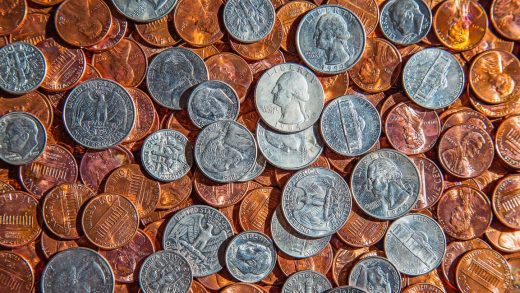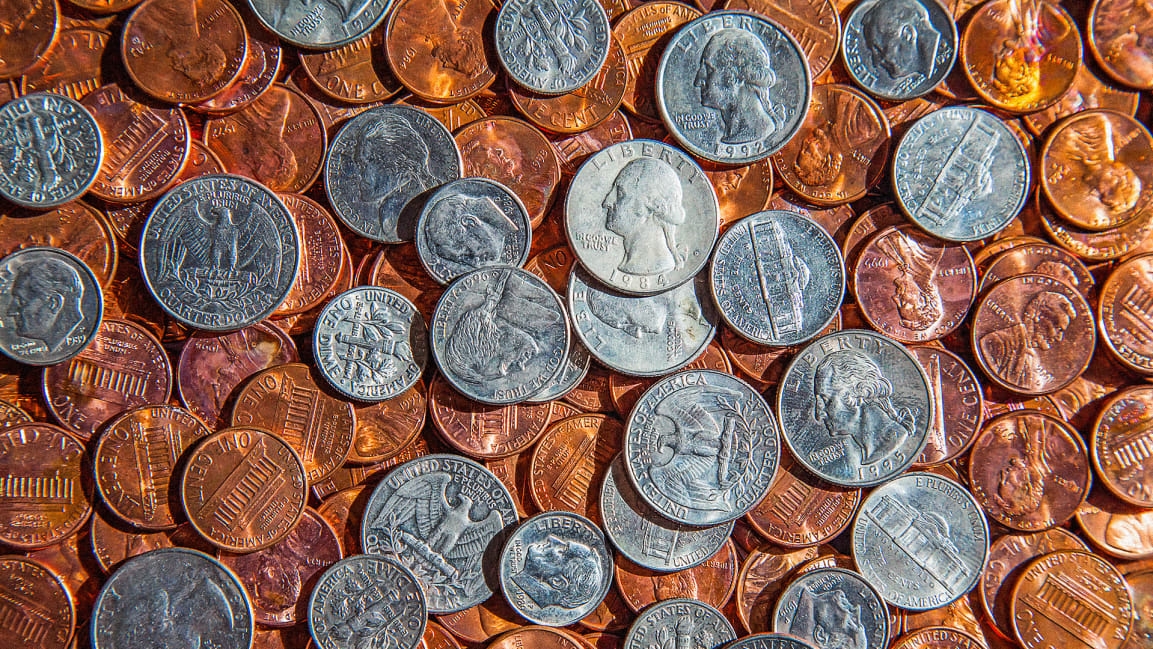Why is the coin shortage back? Here’s what you can do to get real change into circulation again
The hashtag #GetCoinMoving is back. Because your pennies, nickels, dimes, and quarters aren’t.
This is the Great American Coin Shortage 2.0, and the culprit is—you guessed it—the COVID-19 pandemic. Like during the summer of 2020, there’s been a decrease in normal circulation of U.S. coins due to business closures.
Last June, the Federal Reserve put temporary caps on orders for coins; it reinstated those caps in May because coin circulation wasn’t back to normal yet. The shortage is impacting nearly every type of consumer-facing retail outlet, from a Twins City-area doughnut shop to a national chain drugstore’s outpost in northern New Jersey.
Don’t pin this coins-are-hotter-than-bitcoin mentality on the U.S. Mint, though. According to the Fed, the Mint is operating at full production capacity. Last year, it produced 14.8 billion coins, a 24% increase over 2019’s batch.
The coin shortage won’t last forever.
“As the economy recovers and businesses reopen, more coins will flow back into retail and banking channels and eventually into the Federal Reserve, which should allow for the further rebuilding of coin inventories available for recirculation,” the Fed says.
The U.S. Coin Task Force founded last July—which includes the Fed, the Mint, the American Bankers Association, and representatives from the coin aggregator and retail industries—points out that there’s an estimated $48.5 billion in coin already in circulation, but a lot of it isn’t making the rounds. Instead, it is collecting dust in people’s wallets or car cupholders and on their dressers or kitchen tables.
(36)



